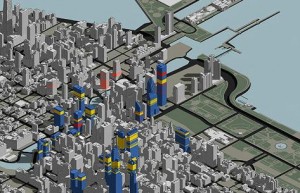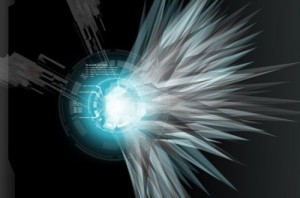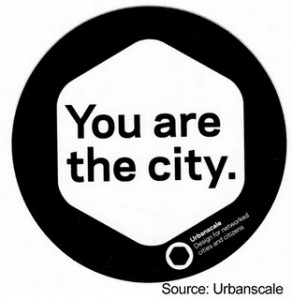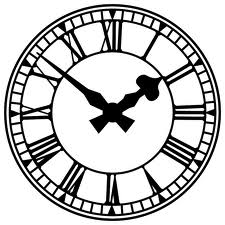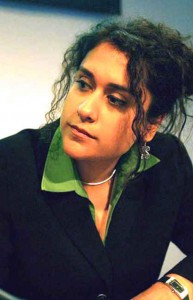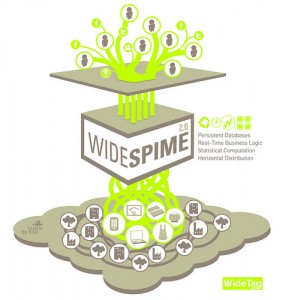 With the dust settling around the Pachube acquisition, it's important to consider other companies that might be out there in the same category and impacted by the change in the landscape. One of these companies is WideTag. Although it is technically based in Redwood City, California, the company was founded by three Italians and I believe that the "heart" of the project was in Northern Italy.
With the dust settling around the Pachube acquisition, it's important to consider other companies that might be out there in the same category and impacted by the change in the landscape. One of these companies is WideTag. Although it is technically based in Redwood City, California, the company was founded by three Italians and I believe that the "heart" of the project was in Northern Italy.
WideTag's angle on the sensor data aggregation problem was to provide a software platform that has a social media component. Aside from the emphasis on social media, WideTag and Pachube are very similar. Compare with the Pachube mission, this text:
"The WideSpime framework for massive data collection applications allows for the rapid development of highly scalable, and robust vertical applications in the areas of energy, environment, industrial monitoring, and others.
The OpenSpime development libraries have been put in open-source in order to spur the growth of a healthy community sharing the spime-based vision of the forthcoming Internet Of Things. In addition to this, Roberto Ostinelli, WideTag’s CTO, released in open-source Misultin >-|-|-|<>, a high-performance http server."
The major differences between Pachube and WideTag today are that WideTag is no longer an active business, while Pachube has a major sponsor and deep pockets from which to draw.
It was clear from the declining level of newsworthy activity and developments throughout 2010 that the company was not growing. In March 2011, a post by WideTag CEO, Leandro Agrò, on the site announced that the three co-founders had gone their separate ways but were thankful for the opportunity they had to work in the exciting field of the Internet of Things. What was the difference? Was it a resource limitation?
So now, with the Pachube property valuation in mind, is there an opportunity to pour a little cash in and revive WideTag? Is there a WideTag Phase 2? Or is there a fresh, new company, like Open Sen.se, coming in to fill the void?


